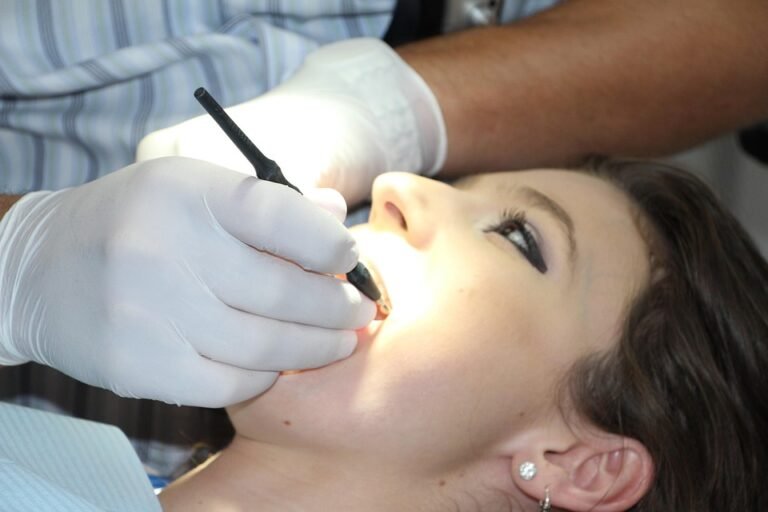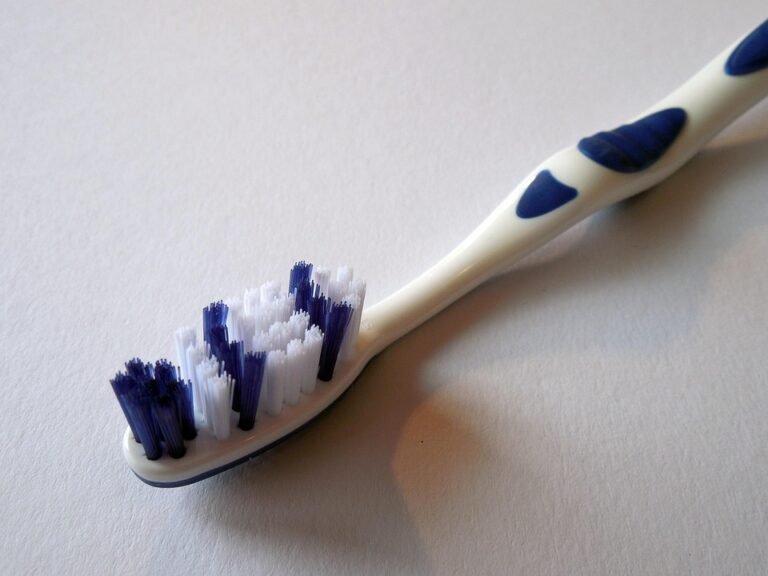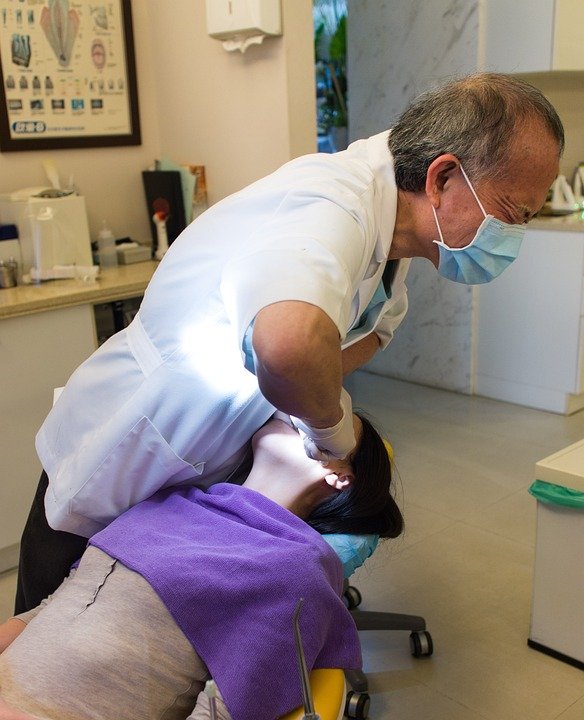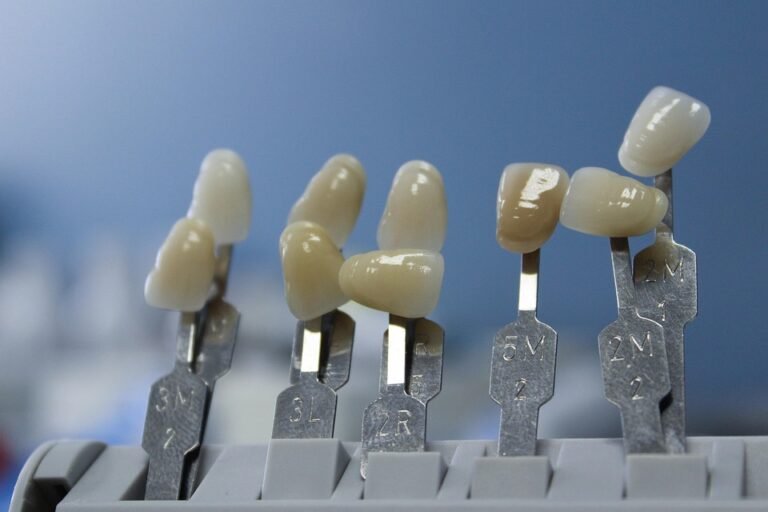What are the cost implications of using bio-inspired dental materials
I’m a dentist, and I’ve been reading more and more about bio-inspired dental materials – things like enamel-like composites, collagen-based adhesives, and even materials that promote remineralization. They sound amazing! Stronger, more biocompatible, and potentially longer-lasting restorations would be fantastic for my patients.
However, before I even consider incorporating them into my practice, I need to understand the cost implications. Specifically:
- How does the initial material cost compare to traditional materials like amalgam, composite resin, or porcelain? Are we talking marginally more expensive, or significantly so? I need specifics, ideally some ballpark figures if possible.
- What about the equipment needed? Do these materials require specialized equipment for mixing, application, or curing that I don’t already have? If so, what’s the cost of that equipment?
- Is there a learning curve associated with using these materials that would necessitate additional training for my staff? If so, what’s the estimated cost of the training and the impact on productivity during the initial learning period?
- What about long-term costs? Even if the initial cost is higher, could these materials potentially reduce the need for future repairs or replacements, ultimately saving the patient (and me) money in the long run? Are there any studies looking at the long-term cost-effectiveness of these materials?
- Finally, how does insurance coverage factor in? Are insurance companies likely to reimburse for procedures using these newer materials at the same rate as traditional materials? Or will patients face higher out-of-pocket costs, potentially impacting their willingness to opt for these treatments?
I’m trying to do a cost-benefit analysis, so any insights into these areas would be incredibly helpful.
Answer
The cost implications of using bio-inspired dental materials are multifaceted and span the entire lifecycle of the material, from research and development to manufacturing, clinical application, and long-term performance. Here’s a breakdown of these cost considerations:
1. Research and Development (R&D) Costs:
- High Initial Investment: Bio-inspired materials often require significant upfront investment in research and development. Mimicking complex biological structures and processes demands advanced technology, specialized equipment, and skilled researchers in fields like materials science, biology, chemistry, and engineering.
- Interdisciplinary Expertise: The interdisciplinary nature of bio-inspired materials research translates to higher personnel costs. Researchers from diverse fields must collaborate, requiring effective communication and coordination.
- Longer Development Times: Replicating natural materials with comparable or superior properties can be a lengthy process. Extended R&D timelines contribute to increased overall costs before a product can be brought to market.
- Intellectual Property Protection: Securing patents and other forms of intellectual property protection for novel bio-inspired materials and processes is crucial but adds to the initial R&D costs.
- Regulatory Compliance: Bio-inspired dental materials, like all medical devices, must undergo rigorous testing and regulatory approval processes (e.g., FDA approval in the US, CE marking in Europe). Meeting these requirements can be expensive and time-consuming.
- Material Sourcing: Often bio-inspired materials rely on scarce or hard-to-acquire sources of raw materials. This could range from specific types of proteins, minerals, or organic components needed to mimic the natural structure.
2. Manufacturing Costs:
- Specialized Equipment and Processes: The production of bio-inspired materials often necessitates specialized equipment and manufacturing processes. For instance, self-assembling materials or those with hierarchical structures may require advanced techniques like 3D printing, electrospinning, or biomimetic mineralization.
- Scalability Challenges: Scaling up production from laboratory prototypes to commercially viable quantities can be a significant challenge. Optimizing manufacturing processes for large-scale production while maintaining the desired material properties can be costly.
- Quality Control: Stringent quality control measures are essential to ensure the consistency and reliability of bio-inspired materials. Implementing these measures requires specialized equipment and trained personnel, adding to manufacturing costs.
- Raw Material Costs: Some bio-inspired materials may rely on expensive or difficult-to-source raw materials, contributing to higher manufacturing costs. Synthetic production of biomolecules, such as peptides or proteins, can be particularly costly.
- Waste Management: Some manufacturing processes may generate specialized waste that requires specific and potentially expensive disposal methods.
3. Clinical Application Costs:
- Training and Education: Dentists and dental technicians may require specialized training and education to properly handle and apply bio-inspired materials. These training programs can add to the overall cost of using these materials.
- Equipment Compatibility: The use of bio-inspired materials may necessitate specific equipment or instruments in the dental office or laboratory. This could include specialized curing lights, mixing devices, or CAD/CAM systems.
- Increased Chair Time: Depending on the material and application, bio-inspired materials may require more chair time for placement and finishing compared to traditional materials. This translates to higher labor costs for the dental practice.
- Inventory Management: Dental practices need to manage their inventory of bio-inspired materials, ensuring proper storage and handling to maintain their properties. This can add to administrative costs.
4. Long-Term Performance and Maintenance Costs:
- Durability and Longevity: The long-term durability and longevity of bio-inspired dental materials directly impact their overall cost-effectiveness. If these materials demonstrate superior resistance to wear, fracture, and degradation compared to traditional materials, they may result in lower maintenance and replacement costs over time.
- Repair Costs: The ease and cost of repairing bio-inspired restorations or prostheses can also influence their long-term cost. Materials that are easily repairable may reduce the need for costly replacements.
- Biocompatibility and Reduced Complications: If bio-inspired materials exhibit superior biocompatibility and reduce the risk of adverse reactions or complications (e.g., inflammation, infection), they can potentially lower long-term healthcare costs associated with managing these issues.
- Reduced Need for Invasive Procedures: If bio-inspired materials promote better integration with natural tissues and reduce the need for invasive procedures (e.g., root canals, extractions), they can lead to lower overall treatment costs.
5. Market Factors and Adoption Costs:
- Initial Price Premium: Due to the higher R&D and manufacturing costs, bio-inspired dental materials are often introduced at a premium price compared to traditional materials.
- Market Acceptance: The rate of adoption of bio-inspired materials by dentists and patients can influence their cost. Wider adoption can lead to economies of scale and lower prices over time.
- Reimbursement Policies: Insurance reimbursement policies for bio-inspired dental materials can affect their affordability and accessibility. Favorable reimbursement policies can encourage wider adoption.
In summary, while bio-inspired dental materials often entail higher upfront costs in research, development, and manufacturing, their potential for improved biocompatibility, durability, and long-term performance could lead to cost savings over the lifespan of the restoration or prosthesis. However, the ultimate cost-effectiveness depends on a variety of factors, including the specific material, application, clinical outcomes, and market dynamics. A thorough cost-benefit analysis is essential to evaluate the economic viability of using bio-inspired dental materials in specific clinical scenarios.




